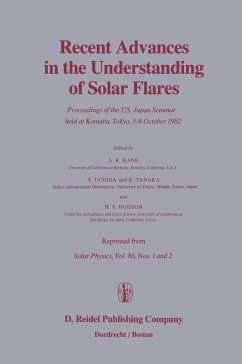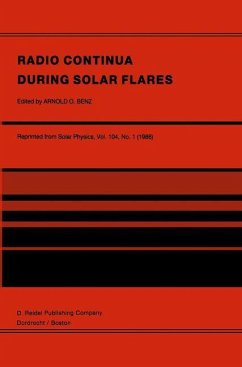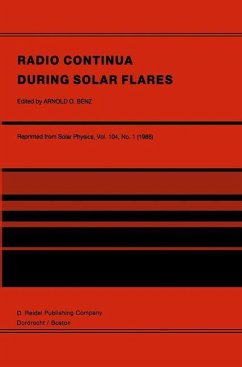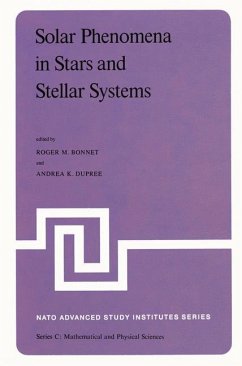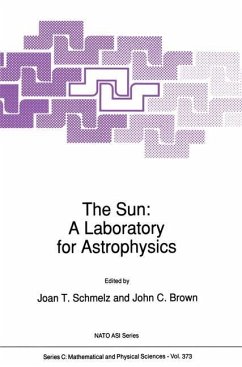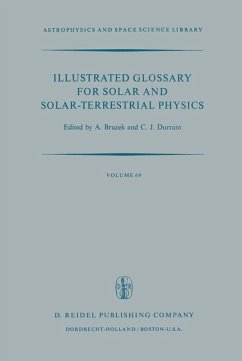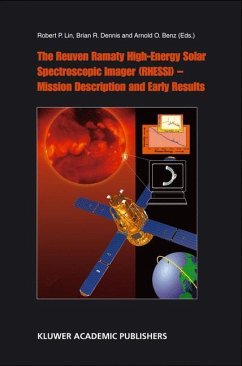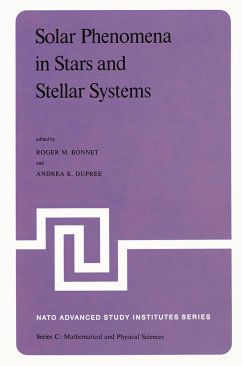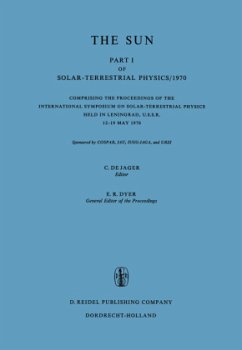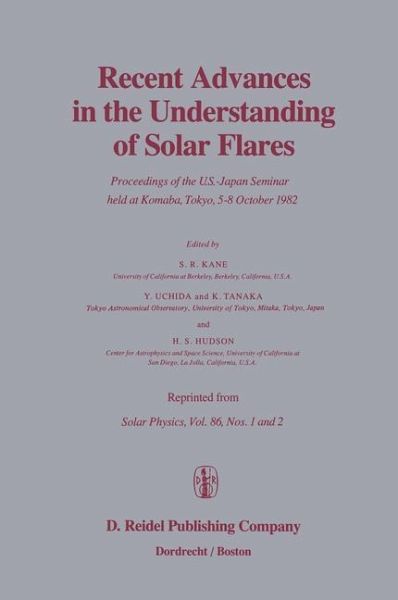
Recent Advances in the Understanding of Solar Flares
Proceedings of the U.S.-Japan Seminar held at Komaba, Tokyo, 5-8 October 1982
Herausgegeben: Kane, S. R.; Uchida, Yutaka; Tanaka, K.; Hudson, Hugh S.

PAYBACK Punkte
20 °P sammeln!
These Proceedings result from the papers and discussions of the U.S.-Japan Seminar "Recent Advances in the Understanding of Solar Flares" held in Tokyo October 5-8, 1982. The meeting was sponsored jointly by the Japan Society for the Promotion of Science and the u.S. National Science Foundation. The principal aim of the meeting was to obtain the most up-to-date physical picture of solar flares by bringing together results from the recent observations by the Solar Maximum Mission (SMM) and HINOTORI satellites, together with other satellite data and ground-based data at both optical and radio wa...
These Proceedings result from the papers and discussions of the U.S.-Japan Seminar "Recent Advances in the Understanding of Solar Flares" held in Tokyo October 5-8, 1982. The meeting was sponsored jointly by the Japan Society for the Promotion of Science and the u.S. National Science Foundation. The principal aim of the meeting was to obtain the most up-to-date physical picture of solar flares by bringing together results from the recent observations by the Solar Maximum Mission (SMM) and HINOTORI satellites, together with other satellite data and ground-based data at both optical and radio wavelengths. These data cover the recent maximum of the solar activity cycle. The SMM and HINOTORI introduced a new dimension in flare observations by carrying out the first hard X-ray imaging observations, and the organizers especially felt that an intense discussion of the significance of these results in the context of flare theories would be important. Starting with an introductory presentation of the characteristics of the instruments on board the satellites, the sessions of the first day and the beginning of the second dealt mainly with energy transport in flares and with .the formation process of the hot plasma which is .





